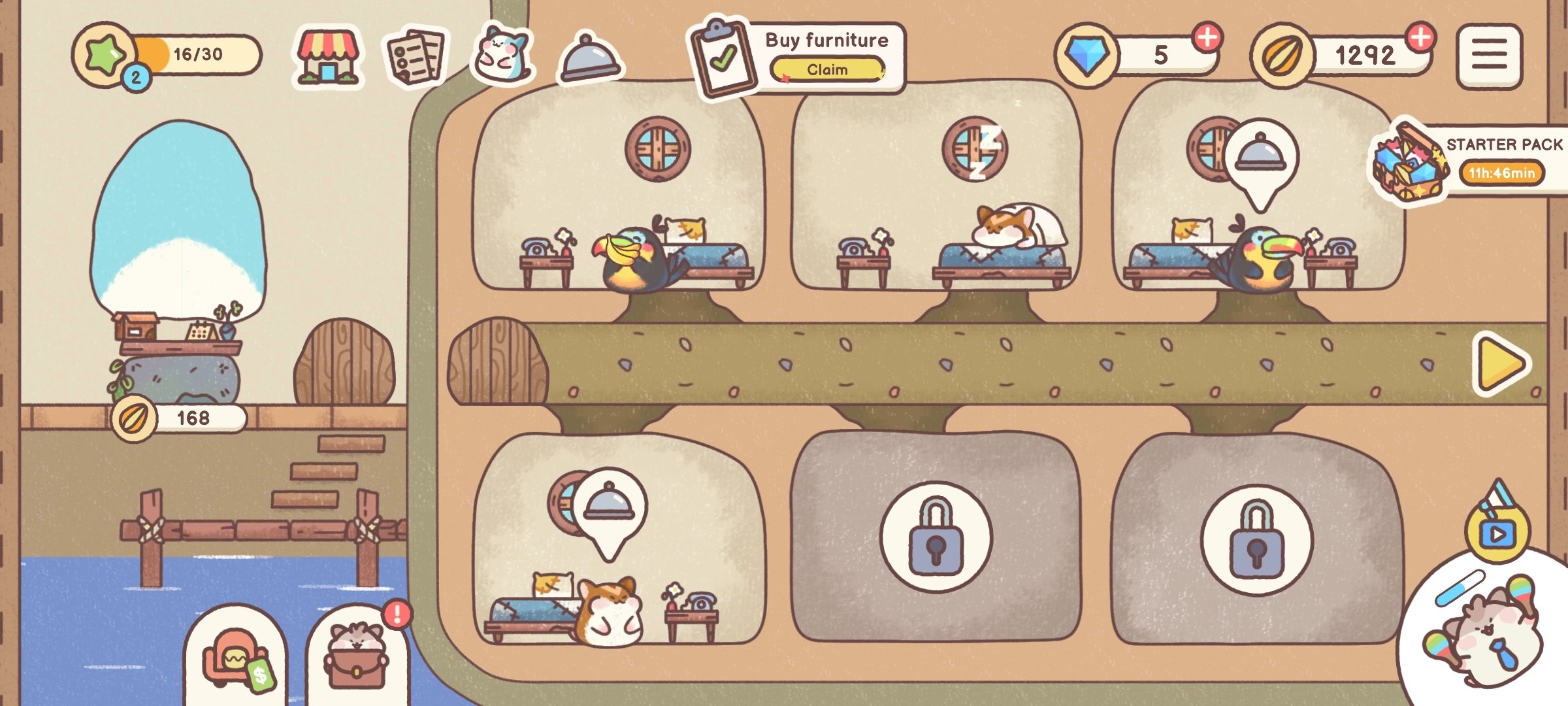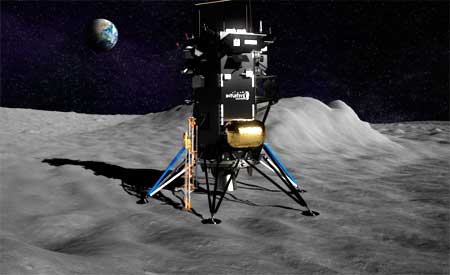Photos and RT
NASA announced Wednesday that it will conduct an experiment to mine ice on the moon’s south pole late next year.
The mission will head to a high point near Shackleton Crater, an area where NASA scientists and engineers believe there may be ice beneath the surface.
This area, which has been studied for months, receives enough sunlight to power a lander for a mission of about 10 days, while providing a clear line of sight to Earth for communications.
This will be the first time resources have been sought and extracted on the Moon, which could help NASA establish a “strong, long-term presence in deep space,” especially for the upcoming Artemis missions.
NASA said this area and accompanying conditions offer the “best chance” of proving that all three technologies aboard the next robotic lander are working.
PRIME-1
Polar Resources Ice Exploration Experiment-1 (PRIME-1); 4G/LTE communications network developed by Nokia of America Corporation; and Micro-Nova, a deployable hopper robot developed by Intuitive Machines.
“PRIME-1 is permanently attached to Intuitive Machines’ Nova-C probe, and finding a landing site where we could detect ice within a meter of the surface was challenging,” said Jackie Quinn, PRIME-1 project manager at NASA. Kennedy Space Center in Florida.
After landing on the moon, the PRIME-1 drill bit, known as the “Regolith Ice Drill for Exploring New Terrains” (TRIDENT), will attempt to drill up to a meter deep, extract lunar soil (the regolith), and deposit it in the surface for water analysis.
The other instrument on PRIME-1, the Lunar Processes Monitoring Mass Spectrometer (MSolo), will measure volatile gases readily released from the drilled TRIDENT material.
While PRIME-1 will research the resources under the lunar surface, Nokia will dedicate itself to testing its robust 4G/LTE network in space.
lunar focus
A small rover developed by Lunar Outpost will venture more than one mile from the Nova-C lander and test the Nokia wireless network at various distances.
The craft will communicate with the base station on Nova-C, and the probe will send data back to Earth.
NASA notes that if the mission is successful, it could “pave the way for a commercial 4G/LTE network” on the lunar surface, including high-definition video between astronauts, base stations, vehicles, base stations, and more.
“These early technology demonstrations use innovative partnerships to provide insight into the process and exploration of the lunar surface,” said Nikki Werkheiser, director of technology maturity for NASA’s Space Technology Mission Directorate (STMD).

“Beer enthusiast. Subtly charming alcohol junkie. Wannabe internet buff. Typical pop culture lover.”

:quality(85)/cloudfront-us-east-1.images.arcpublishing.com/infobae/ZVBKBQM3FA3YXXHR6JH3XHQA4U.jpg)

:quality(85)/cloudfront-us-east-1.images.arcpublishing.com/infobae/RJO52UDMZBAABAQBZHWPU5OQJA.png)



More Stories
Download Hamster Inn 1.1 APK free for Android
What is silent mode in Instagram and how to activate it?
WhatsApp is preparing a function that promises to end spam and virtual scams